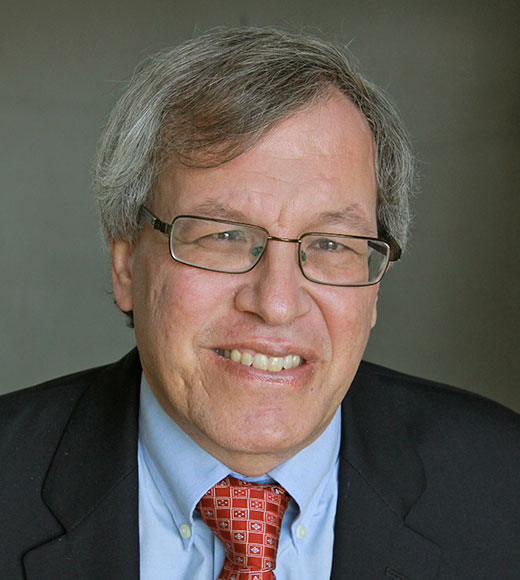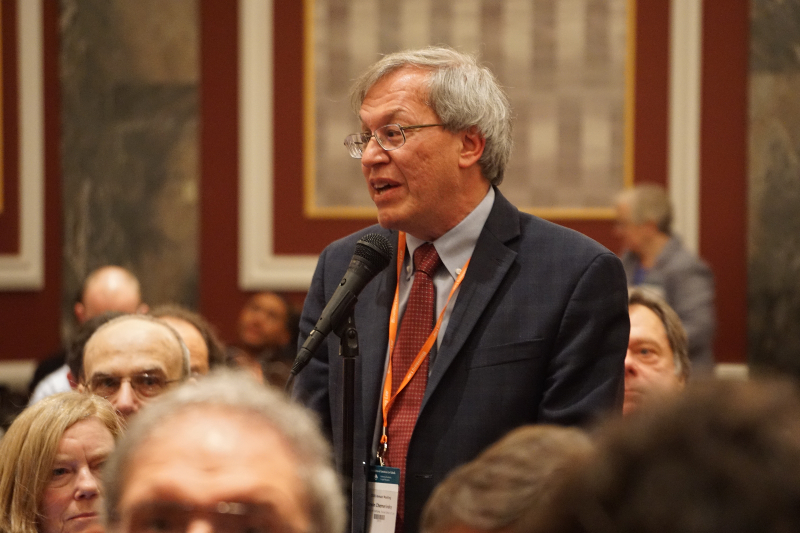Consider as an example one of the most important advances of liberty and equality in recent years: the recognition of a constitutional right to marriage equality for gays and lesbians. It is tempting to think that it happened all at once when the Supreme Court decided Obergefell v. Hodges on June 26, 2015. But that would be mistaken.
In 1986, the Court handed down an abhorrent decision, Bowers v. Hardwick, which held that states could prohibit private consensual adult same-sex sexual activity. There had to be a concerted effort to overturn that decision, which happened 17 years later in Lawrence v. Texas, in 2003. In the meantime, social attitudes began to change, no doubt aided by TV shows like “Will & Grace” and movies like “The Kids Are Alright.”
In that same year, 2003, lawyers won the first major case declaring unconstitutional a state prohibition of same sex marriage. The Massachusetts Supreme Judicial Court found that the Massachusetts law requiring that marriage be between a man and a woman violated the Massachusetts state constitution. By litigating in state court under state law, there was no chance the matter could go to the Supreme Court, which certainly was not ready to recognize a right to same sex marriage.
Litigation then proceeded state-by-state in state courts. There were successes like in Iowa and California, but also failures like in New York. Meanwhile some states adopted legislation to allow same-sex marriage and in some states voters passed initiatives to do so.
The result was that by 2015, when the issue came to the Supreme Court, same sex marriage was allowed in much of the country. I choose same-sex marriage as my example because it is the most rapid example of major change in my lifetime. We went as a society from where no states allowed marriage equality for gays and lesbians in 2003 to one where it was a constitutional right in every state just 12 years later. But even here, it happened incrementally, step-by-step, with triumphs and setbacks.
Second, multiple actors and institutions are required for effective legal and social change. Never does effective social change come from one institution acting by itself. For an example here I want to focus on the end of Jim Crow and the laws that mandates segregation of the races.
When I was born in 1953, every Southern state, many border states, and Southern parts of Northern states had laws that segregated every aspect of life. Black and white babies had to be born in separate hospitals, play in separate playgrounds, drink from separate water fountains and use separate bathrooms, attend separate schools, and eat in separate restaurants. Such laws had existed for decades and had been upheld by the Supreme Court’s pernicious “separate but equal doctrine.”
How did this change? It took organizing and grassroots efforts, such as lunch counter sit-ins. It took litigation, including Brown v. Board of Education, decided by the Supreme Court on May 17, 1954. It took Congress adopting the Civil Rights Act of 1964, which prohibits hotels and restaurants from discriminating, and outlawed employment discrimination based on race, sex, and religion.
None of this is to deny the tremendous racial inequalities that remain in American society. But it does show how progress requires organizing and litigating and legislating.
Third, to bring about change we must build coalitions, including with those with whom we disagree. No group is powerful enough to bring about change by itself. The coalition that brought about many progressive federal laws – Social Security, Medicare, Head Start — was a strange combination of Northern liberals, Southern Democrats, and liberal Republicans.
I worry that the greater ideological purity of the parties will make coalition building more difficult. Until the recent election of two Democratic Senators from Georgia, Southern Democrats were a thing of the past. Liberal or even moderate Republicans are non-existent. The greater polarization in society makes coalition building ever harder. But I have no doubt that if there will be a successful effort to lessen the urgent problem of climate change, it will take a coalition.
Fourth, major changes are difficult, take time, and there will be setbacks. Civil rights lawyer Connie Rice titled her autobiography, Power Yields Nothing. I think of the effort to end slavery, to secure the right to vote for women, to end child labor. All took decades, but ultimately happened.
I think of the fight to ratify the Equal Rights Amendment. It was passed overwhelmingly by the House and the Senate in 1972. Passage by three-fourths of the states seemed certain. But by 1979, it was 3 states short of the 38 needed for ratification. Congress extended the time for ratification by three years. But even after that it did not have 38 states. Now finally, Virginia in 2020 became the thirty-eighth state to ratify. There still is a battle to get Congress to recognize this and the Archivist to deem it part of the Constitution. But as I speak to you today, I am convinced it will happen and there will be a point at which the ERA is deemed ratified.
The reality is that every action often has a reaction. The Supreme Court’s decision in Brown v. Board of Education unleased massive resistance to desegregation.
Fifth, change happens only when there are courageous people to fight for it and we must inspire our students to be those who will bring about change. Think of all of the major social, legal movements that I have described, such as abolition of slavery, women’s suffrage, the end of Jim Crow. For each, we can identify – and we must study – those who dedicated their lives to working for justice. In the area of civil rights, it was men like Thurgood Marshall and women like Constance Baker Mottley who fought tirelessly for racial justice. The progress would not have happened without them. And they are the role models for all of us and for our students.
I began by talking about our students being discouraged. We must give them hope, but it cannot be false hope. I think that the hope comes from the reality that American history and world history show tremendous advances of equality and freedom. Racial inequalities remain severe, but it is not what it was in 1787 or 1868 or 1953. Gender inequalities persist, but there have been advances. Today, the entering class of my law school is two-thirds women. And it is just six and a half years ago, that there came to be a right to marriage equality for gays and lesbians. Dr. Martin Luther King, Jr., got it exactly right when he said that the arc of the moral universe is long and it bends towards justice. And it is our duty as law schools to focus on how we can help make change happen. That is my request, my challenge, and my theme for my year as President of the AALS.


